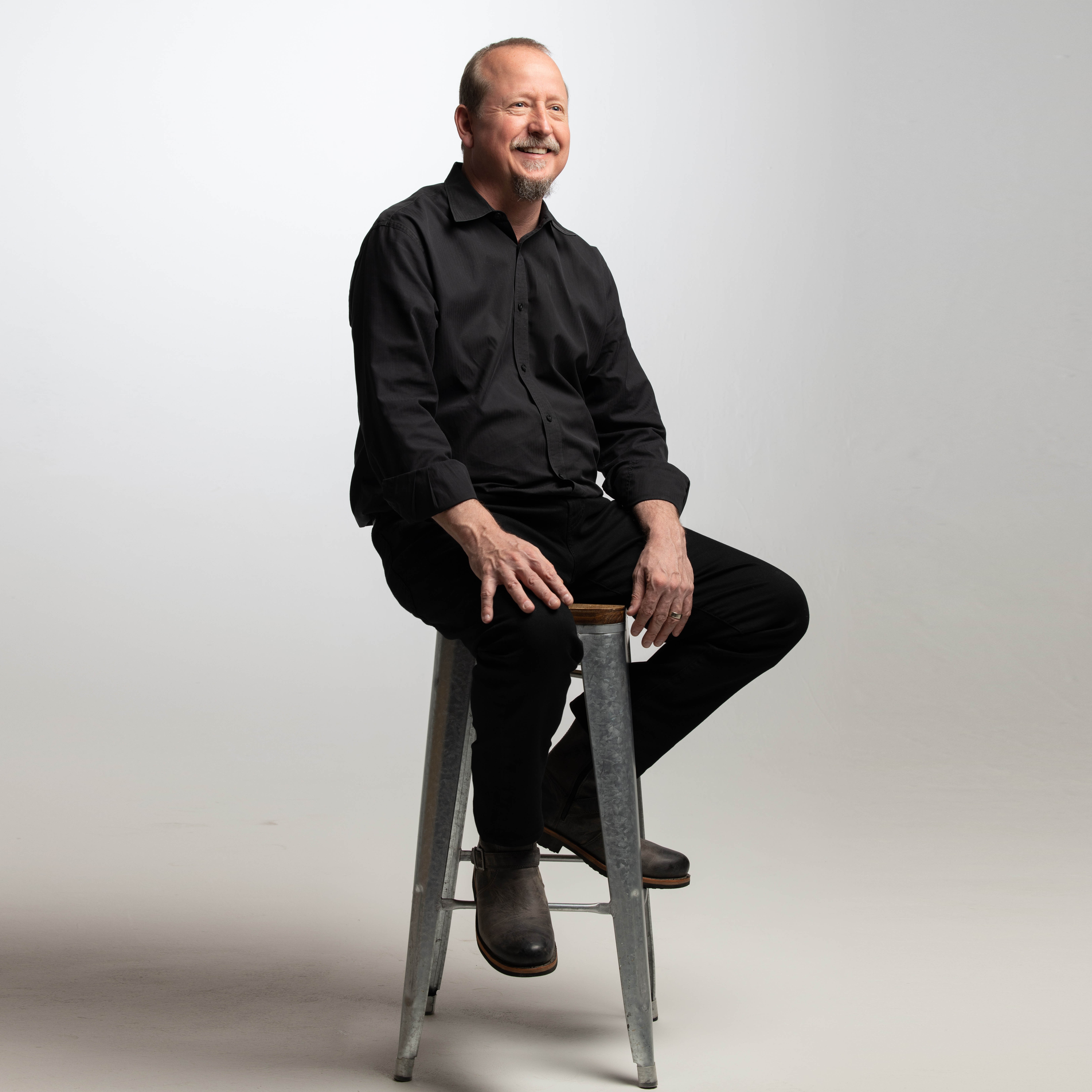

Today we’d like to introduce you to David Gaz.
Alright, so thank you so much for sharing your story and insight with our readers. To kick things off, can you tell us a bit about how you got started?
I’d love to. I used to be a partner in a firm that worked exclusively with Fortune 500 Companies and Major Brands. But I was getting tired of the way people treated each other. It was a very agressive environment and politically we were in a time where the country was divided, like it is today, and people were treating each other pretty badly in general. I’m starting to think politics was always like this.
Then I came across an article in Scientific American about these to guys, James Fowler and Nicholas Christakis, at Harvard University who had scientifically proven that Kindness is Contagious. That if I did something nice for you, you would do something nice for 4 other people (this was scientifically proven) and that each of them would do something nice for 4 more people (also scientifically proven) and so on and so on. This blew my mind and I thought maybe it would solve my problem with people at work treating each other poorly. So I used the resources I had at my disposal to produce a feature length documentary film called Kindness is Contagious (of course). And while filming, James Fowler introduced me to more people in the kindness community and it became pretty clear that the old saying “nice guys finish last” was completely bogus. Turns out nice guys do pretty well. Science shows that – while some bad apples get rich – statistically kind people make more money on average, have better jobs, get more raises, have more friends, and the part that blew me away was that kind people actually live longer than unkind people. All proven by scientists from places like Harvard, Stanford University, Yale, UC Berkeley and a bunch of other very well known institutions.
Now I’m a serial entrepreneur. I started my first business, an ice-cream truck, when I was 16 years old. So I was curious if there were any companies using kindness to get a business edge. So we also interviewed Silicon Valley startups, health care organizations and non profits. People who’s day job was making the world a better place, And I got jealous, my day job was sucking every last penny out of people’s pockets to sell then stuff they didn’t need like fancy cars and expensive shoes. So I thought “What could i do to make my day job be making the world a better place?”. And what I came up with was: “What if i taught the people making the world a better place to suck every last penny out of people’s pockets and put it to use for good?”. Kind of like an advertising Robin Hood. And the Bureau of Small Projects was born.
I’ve spent my whole career working with big brands. My first job out of college was in Paris putting on expos for Le Louvre, Le Musee d’Art Moderne and Le Centre Georges Pompidou. Then I became a Fashion Photographer and worked for many top magazines and brands so I thought: “What if I recruited top talent to help make the world a better place?”. This became our Value Proposition. Fortune 500 and Big Brand experience put to work for nonprofits, startups and small to midsized businesses making the world a better place. And people seemed to like that. We doubled in size just about every year since we started and made the Inc 5000 list of fastest growing companies in America last year.
It was pretty cool. And although our heart is with these small businesses, start ups and nonprofits, large organizations came to us with their altruistic projects too. Our client list includes Bill Nye the science guy, Canon, the NFL, Stanford University, Spelman College, GirlTrek, the US Fish and Wildlife Service, even the country of Switzerland.
We like to say: “The smartest people in the world work with the Bureau of Small Projects”. and I think we can back that up.
We all face challenges, but looking back would you describe it as a relatively smooth road?
LOL. Not at all. I thought getting clients would be the hard part when I left my old agency and started this crazy venture, but the hard part turned out to be scaling the company. We got pretty good at attracting business that we doubled in size almost every year, but 5 or 6 years in, we were hiring people so fast in order to keep up with business that everything got out of control.
One of our clients, Axel Aubrun from Topos Partners, coined the expression: “You know your value proposition is working when it makes the decisions for you”. So following that lead, I made sure to hire the very best people. People with spectacular resumes. But what I didn’t take into account was that they have to work together. Same with clients. We were taking on anyone with a noble mission but not taking into account the fit. Now this sounds like good problems to have but it made life a living hell, not only for me but for our entire team. Everyone was miserable. So I made the crazy decision to let everyone go who didn’t fit with our vibe and fired all the clients who were stressing us out. I wanted to do the right thing and gave them their money back, even if we were at that tail end of a project.
This nearly bankrupted us and for the first time ever we shrunk in size. After that we were very careful about who we hired and who we took on as clients. Now 10 years in we have the most delightful client anyone could ask for that the very best team I have ever worked with in my life. Leading with kindness not only attracts amazing clients but it also brings in the very best talent.
I don’t think that would have happened without the problems we had. You learn far more from mistakes than you do from success.
Alright, so let’s switch gears a bit and talk business. What should we know about your work?
These last few years I’ve been thinking a lot about my creative trajectory. When I got out of art school I wanted to change the world (like most idealistic art students I suppose), but what has been surprising is how much the world has changed around me. I grew up pretty rough in rural Pennsylvania and New Jersey and never expected to be an artist much less a fashion photographer in Paris. As far as jobs go, I think the most fun I ever had was in Paris., I was 25 years old, a Photographer, shooting for famous magazines, record companies and world class brands like Levi’s and Disney. At 26 I moved to San Francisco just as the internet came out (I’m an old guy) where one of my best friends – Erik Adigard – was part of the team that founded Wired Magazine. It was nuts. I think it was like what the roaring 20s must have been like. I went from being a poor kid who liked to hunt an fish to paying cash for an envelope factory 2 blocks from Union Square, trining it into a loft and going to wild parties every night.
LOL. But like all things too good to be true, it all fell apart. Everyone lost all their money when the dot-com crash happened. I remember the headline of the SF Chronicle showed the CEO of Pets.com working at Starbucks. They were making fun of him, but I thought:”There’s a guy who know how to work”.
After that digital cameras got good and nobody wanted to pay much for photography anymore. I tried to go onto film but lost all the money I had left producing and directing a feature film (not Kindness is Contagious fortunately). At the time I thought, I’d produced big photoshoots with models and huge sets, how hard could making a move be. Turns out it is VERY hard.
Now the cool thing about that was I got to see the world change. It was rough at first. Probably most for my wife Annelie. She married a semi-famous photographer with a huge loft in San Francisco and now was living with a failed movie director in a rat-infested house in Hollywood. Why she didn’t leave me I’ll never know but I do know that I found the right one because only someone who truly loves you would live like that!
Now I never changed the world with my photography, but I do remember everyone around me saying how digital imagery would never match the nuances of film. They of course all promptly went out of business. Then when I was making movies – or trying to make movies – and the directors were all saying the same thing. That digital would never match the nuances of film. Most of them aren’t working much now either. But what I saw first hand was 1) Story telling is story telling no mater what you use to tell your story and 2) Digital photography, digital filmmaking and digital music allowed a whole generation of super talented people break into careers that were previously dominated by the rich and well connected. Now they could make an amazing film on on a cell phone (provided they had the talent).
I never thought I’d see anything like that happen again, and now with AI, a whole new generation of talent can do things that only the rich an well connected could dream about. I can’t wait to see how that changes the world.
What I learned from making the film Kindness is Contagious is that the phrase “nice guys finish last” is totally bogus and that deep down most people are kind decent human beings. All the great things that mankind has done, from symphonies to landing a man on the moon were the result of human beings working together and kindness is the glue that bonds them.
What was your favorite childhood memory?
Hah! Maybe the summer my dad helped me start the ice cream truck business, The ice cream truck was his idea and I learned everything I know about branding from it. We lived in a suburb of Detroit and the City Council wouldn’t let us play music because they were afraid kids would come running int the street and get hit by cars. The first few weeks I didn’t sell a thing because nobody know I was coming. But I learned quickly that the cornerstone of a brand is: “What makes you different and better than your competitors?”. So I started playing AC/DC on the loudspeaker, went around to construction sites and made money hand over fist. Every time I’d get arrested the construction workers would heckle the police for arresting the ice-cream man. And I made som much money that paying the fines was just the cost of doing business.
Pricing:
- As long as you are making the world a better place we will figure out a way to work with your budget
Contact Info:
- Website: https://www.smallprojectsbureau.com/
- Instagram: https://www.instagram.com/smallprojectsbureau/
- Facebook: https://www.facebook.com/smallprojectsbureau/
- LinkedIn: https://www.linkedin.com/in/davidgaz/

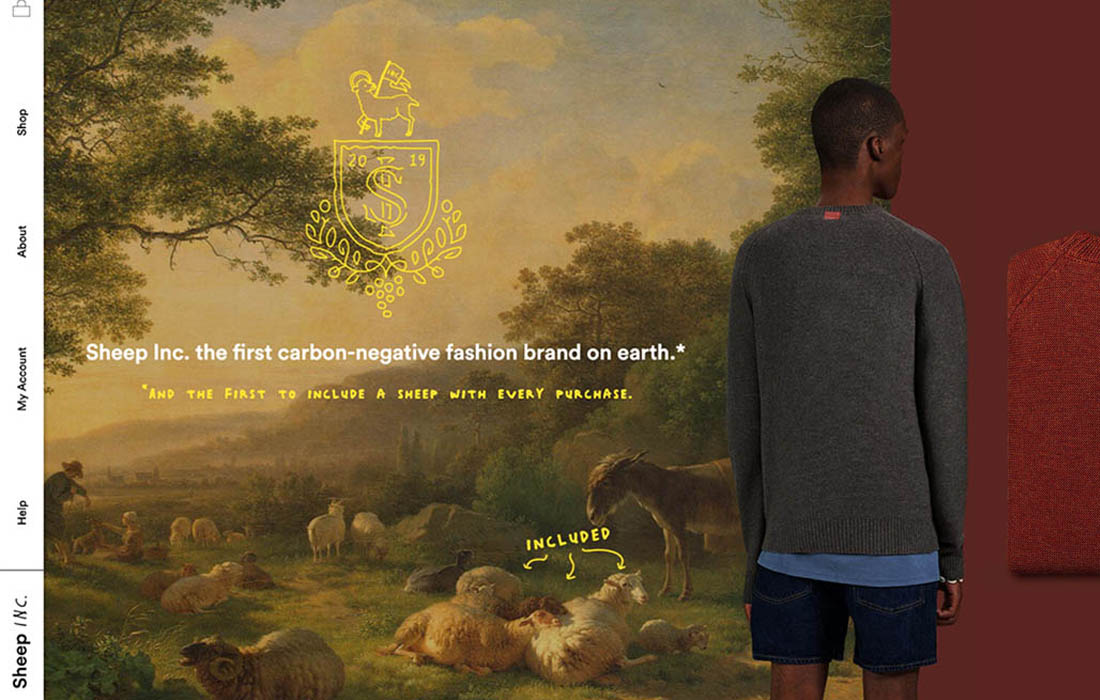


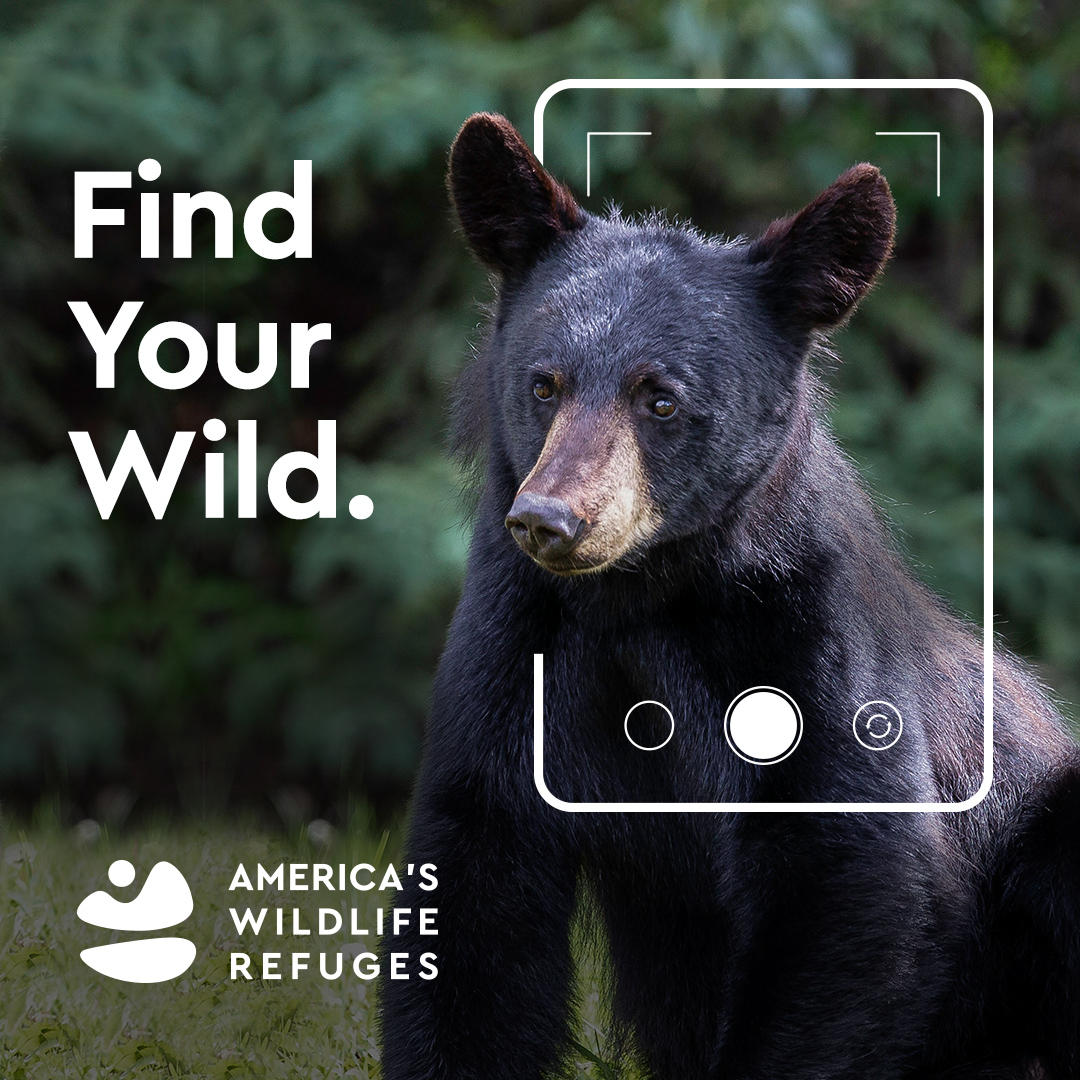
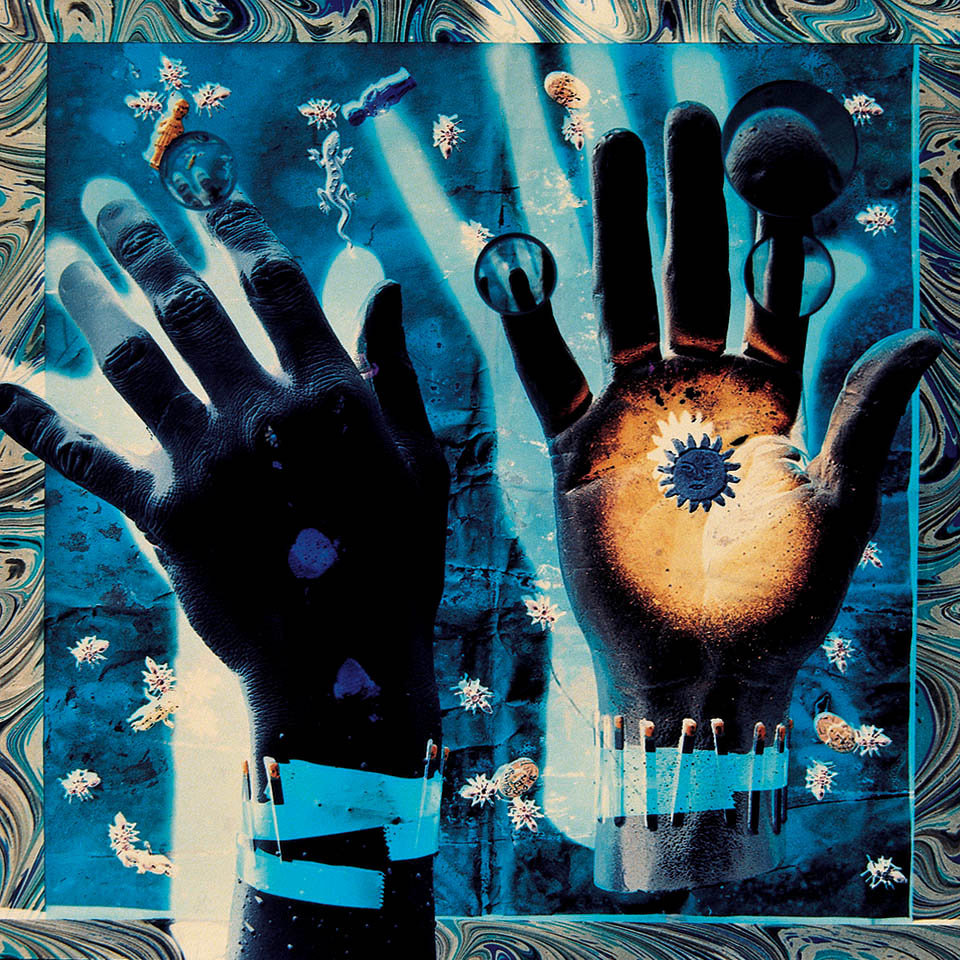
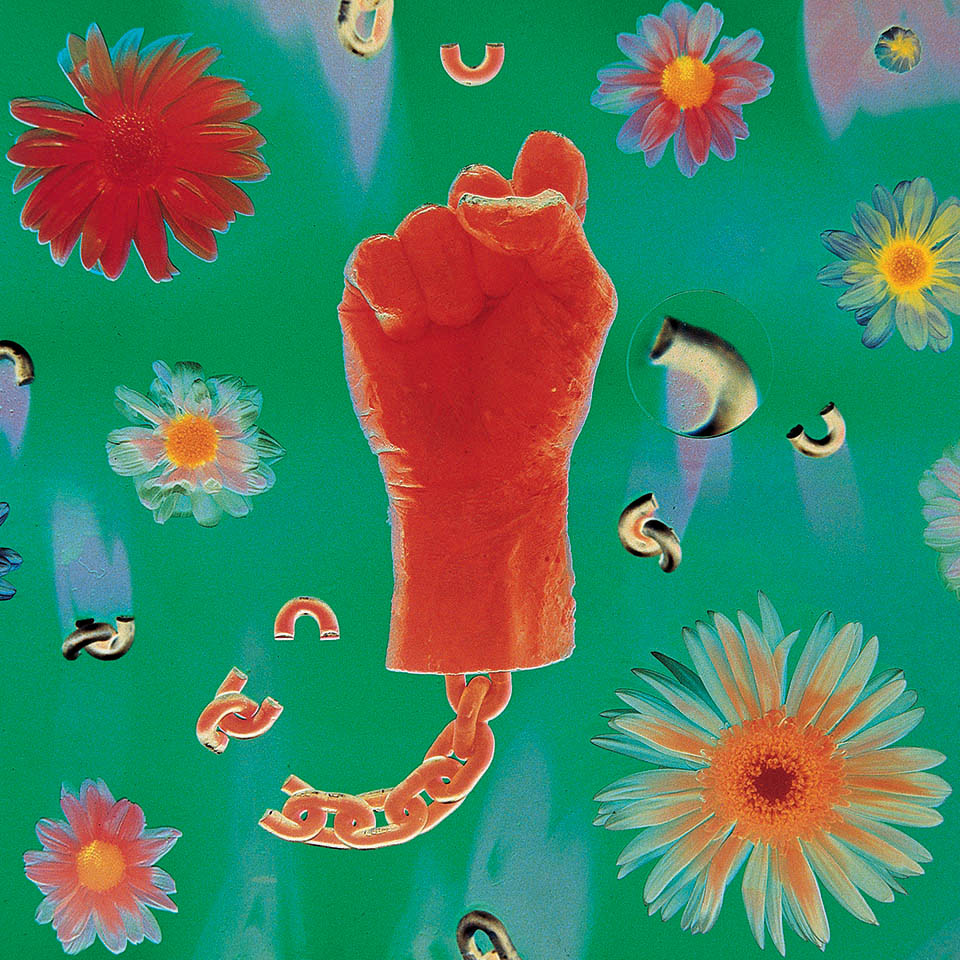

Image Credits
Matt Draper, The Bureau of Small Projects, Sheep Inc., The Canon Group, The US Fish and Wildlife Service and David Gaz














